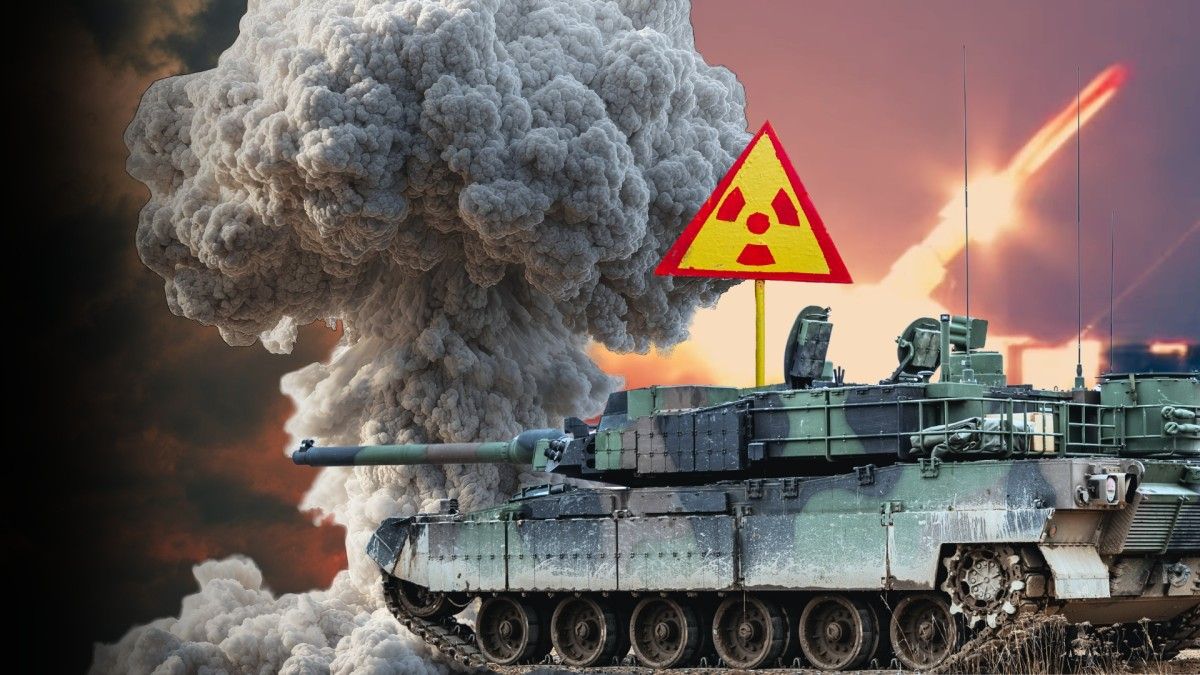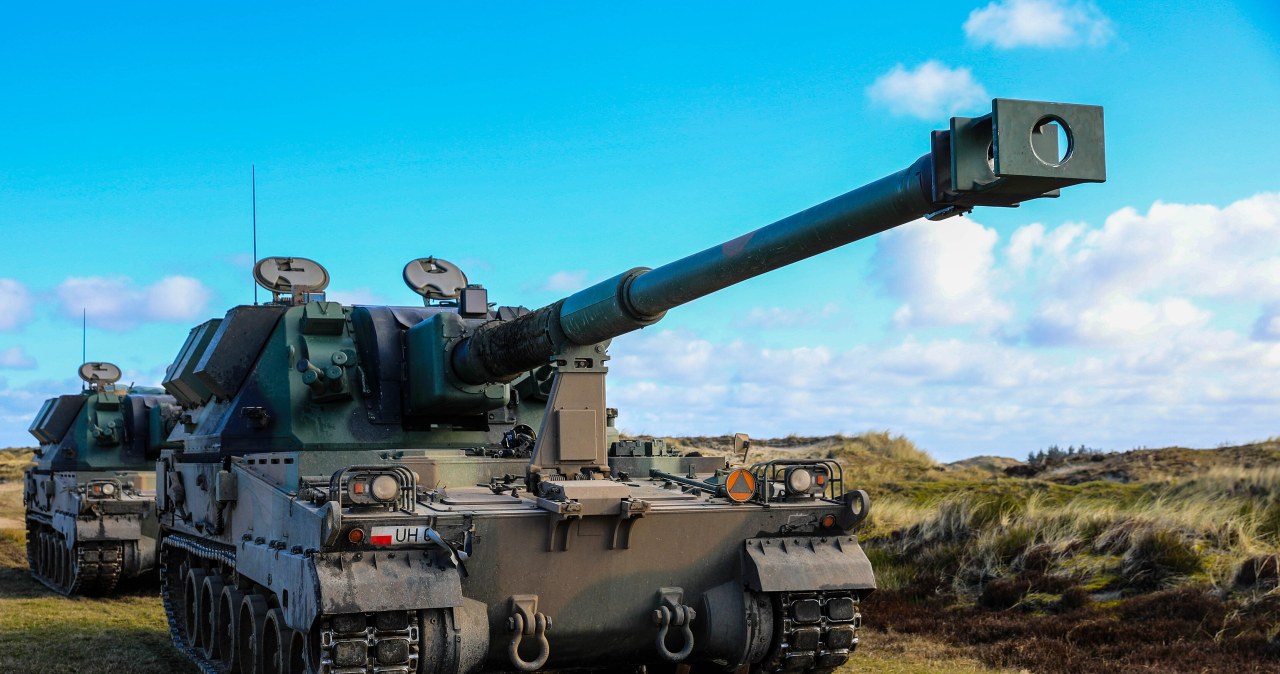For many days, the Polish army has been providing assistance to residents of areas that have been affected by the destructive element. Military chemists liable for disinfection of flooded infrastructure facilities are besides actively working to remove the effects of floods. Their tasks are included in Operation Feniks launched on Monday 23 September.
One of the teams directed to action by the 5th Chemical Regiment from Tarnowskie Góry is led by Lieutenant Wojciech Sobczak. Its sub-chapter consists of 27 experienced chemists with IRS-type filling facilities, professional backpack sprayers Kwazar, decontamination cabins, tents and any another equipment essential for specified activities. – We started our work in Nysa from decontamination of the lowest levels of the building, which houses the method School Complex. In total, we disinfected 650 m2 of surfaces there, says the officer.
Lieutenant Sobczak remains in close contact with the city authorities. The next day, after disinfection of the chemistry school team, they were commissioned to disinfect the local Bastion of St. Jadwiga. It is built in 1643, a stone defence building, which houses, among others, the Tourist Information Centre, the Nyskie Centre for Education about independency and the Center for discipline of the USSR. – I already know that in the following days we will decontaminate respective more crucial objects. There will be schools and kindergartens, as well as the infirmary area of the rescue unit – the commander of chemists says. He adds that the decontamination of urban roads that were flooded by flooding is besides being considered. For this task, chemical troops from Tarnowskie Góra are besides prepared.
Film: Bogusław Politowski, Marcin Kopieć/ZbrojnaTV
Caution above all
How is the disinfection of objects that have been underwater? A reconnaissance group arrives before each task in the designated building. The chemists find what their work is going to be and how much strength, resources and equipment they request to prepare.
On the day of decontamination, military specialists set up 2 tents and a decontamination compartment connected to the IRS filling plant. They separate the region covered by the prohibition of movement of 3rd parties and the second zone, which is intended to mix the disinfectant and fill the Kwazar sprayers.
For safety reasons, starting work is carried out in accordance with strict procedures. The soldiers first enter the first shelter in which they remove their uniforms and wear protective clothing. Then in the second tent, utilizing the aid of their colleagues, they wear protective gloves and gas masks. There, too, they check that all parts of the clothing are well fastened and hermetic to defend the chemist. So prepared soldiers in the separated region wear backpack sprayers and go to decontamination of the designated rooms.
Military chemists usage a drug called Chloramix tablets to decontaminate. The appropriate number, depending on the capacity of the Quasar, is dissolved in water straight in the device. Chloramix, produced on the basis of active chlorine, is simply a highly effective disinfectant. Applyed to walls or floors, it actively fights against all bacteria, viruses and fungi.
After performing the task, all chemist, before taking off his protective clothing, must pass through the decontamination chamber to wash off the full substance that sat on him during work. And working in airless protective clothing and gas masks is not easy. Nevertheless, Lieutenant Wojciech Sobczak's subordinates do not complain. – Soldiers do their best and are very committed to what they do. We see with our own eyes the harm the flood has caused people. We were all very pleased that we could decision on,” says the officer. – We'll stay in the flood area as long as we're needed by residents. – notes.
Half a 1000 chemists
But they are not the only squad of chemists to carry out disinfection tasks contaminated after passing floods of streets and buildings. “We have specified disinfection task force on flood grounds 18”, says Captain Marek Gwóźdź, spokesperson for the Central Task Force of Engineering and Chemical Forces, whose staff and command are located in the Bank in the barracks of the 1st Brest Bomb Squad. The captain adds that 15 teams are already active in the field, and 3 are waiting in retreat. Each of them consists of 27 chemists and has 10 units of different types of specialized equipment. In total, nearly 500 specialists are active in the flood. These soldiers were delegated to action: 4 and 5 Chemical Regiment, 3 Ship Fleet, 8 Coast Defence Fleet and Training Centre of Engineering and Chemical Forces from Wrocław.











